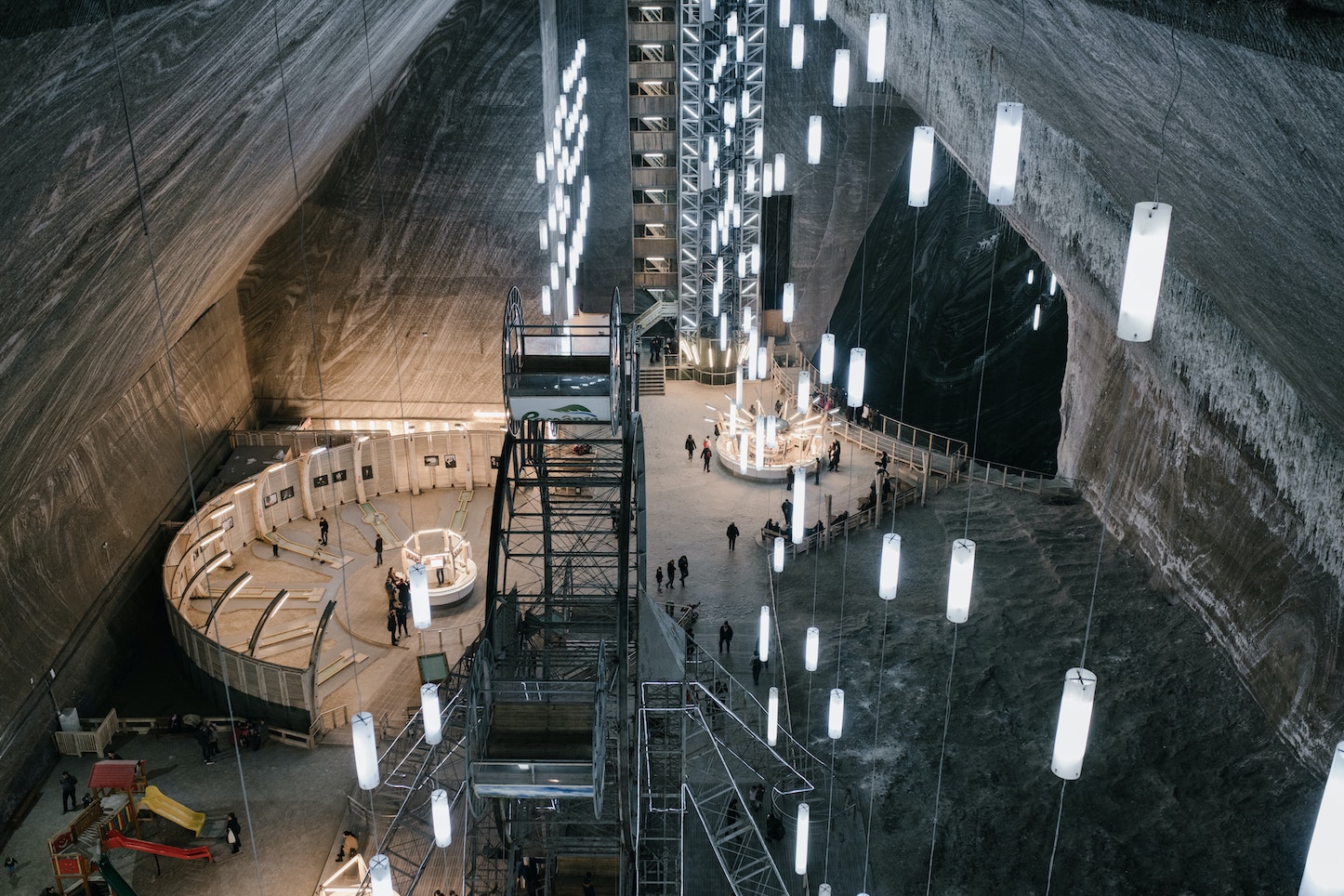The mining industry is currently responsible for 4 to 7 per cent of greenhouse gas emissions globally. While it will not happen overnight, building a climate strategy to address these environmental damages is imperative. The mining sector is behind other industries when it comes to setting reduced-emissions targets, with many mining companies publishing goals ranging from 0 to 30 per cent by 2030. This commitment is far below what is outlined in the Paris Agreement, where reducing climate change will require a 41 to 72 per cent reduction in greenhouse gases at a minimum, to meet the 2.0° Celsius goal. Governments, investors, and communities are advocating for more action from mining companies on this environmental issue. To address the climate risk, mining companies need to operate with a greater focus on decarbonisation. While bearing the cost of full decarbonisation is unlikely for the sector, we can address incremental economic measures to offset a portion of their operations. An actionable climate strategy with ambitious targets should then follow.
Decarbonisation of key minerals
In line with the Paris Agreement, a commitment from all industries to cut emissions would result in significant demand for low-carbon technologies. These technologies include wind turbines, solar photovoltaics, hydrogen fuel cells and carbon capture and storage. By providing the raw materials needed for these technologies, the mining industry will be a part of the decarbonisation solution. Altering the demand patterns for mining commodities, such shifts in the power sector, for example, would decrease demand for coal. Covering the lost revenue from coal involves rebalancing a mines portfolio, requiring a diverse look at commodities in growth combined with advanced market intelligence and a willingness to be flexible in assets. Reductions in carbon emissions would also affect prices, with investments to decarbonise operations and growth in commodities requiring a company to invest in new mines. Increasing costs and leading to higher prices, it is clear these functions will determine the pace at which decarbonisation occurs.
Further decarbonisation actions
According to the Intergovernmental Panel on Climate Change, to stay on track for the global 2° scenario outlaid in the Paris Agreement goals, all industry sectors would need to reduce carbon emissions by 50% by 2050. Knowing that mining companies’ targets tend to be significantly lower than this, meeting this goal would require considerable analysis and contribution of the entire value chain. Whether this is considered economical will depend on the mining companies commodities – in particular, the coal industry would need to make a sizeable investment.
Smaller economic practices can be implemented across the board. Improvements can be made to the intensity and operational efficiency of mining production. Renewable sources of electricity and the electrification of mining equipment are two more practices. As we speak, big mines are also building up their sustainability committees, signifying that mining is committing to CSR and sustainability activity (along with so many other industries in the wake of COVID 19). Transparent reporting of emissions, innovative partnerships, engaging with industry coalitions and, other proactive measures can incentivise more mature climate expectations and force change.
–
Climate change is an ambitious agenda. For internal mining personnel and stakeholders alike, the motivation to make change has intensified in the wake of the pandemic. Leading companies have set out their approaches to decarbonise emissions, but more needs to be done to align their targets with global agreements. Mining companies invested in their long-term reputation should start to consider more active operational, portfolio and investment decarbonisation strategies to meet global targets.
